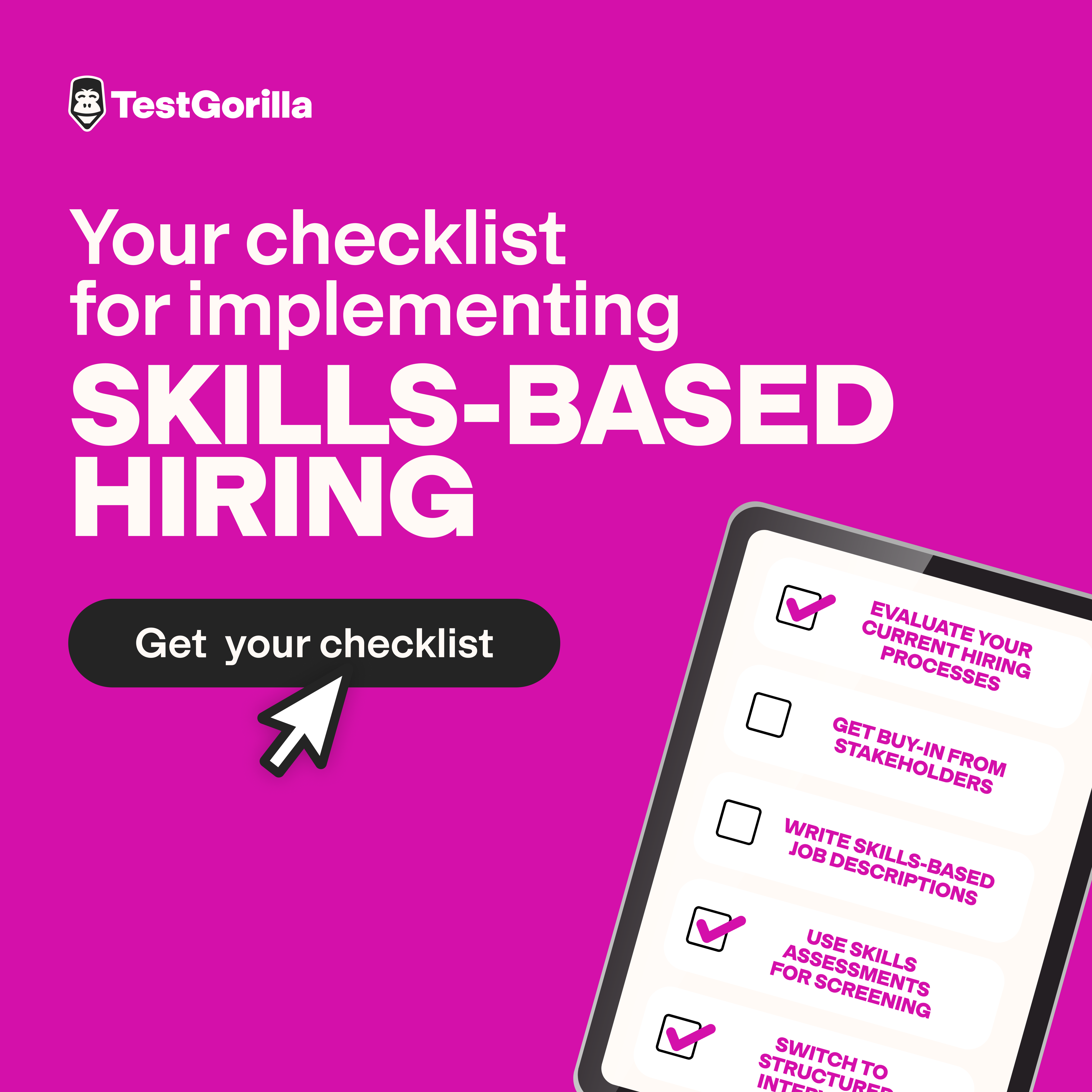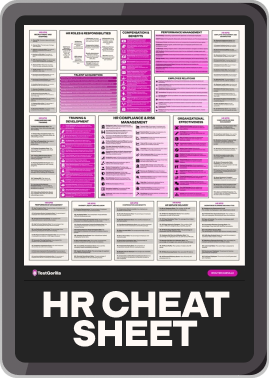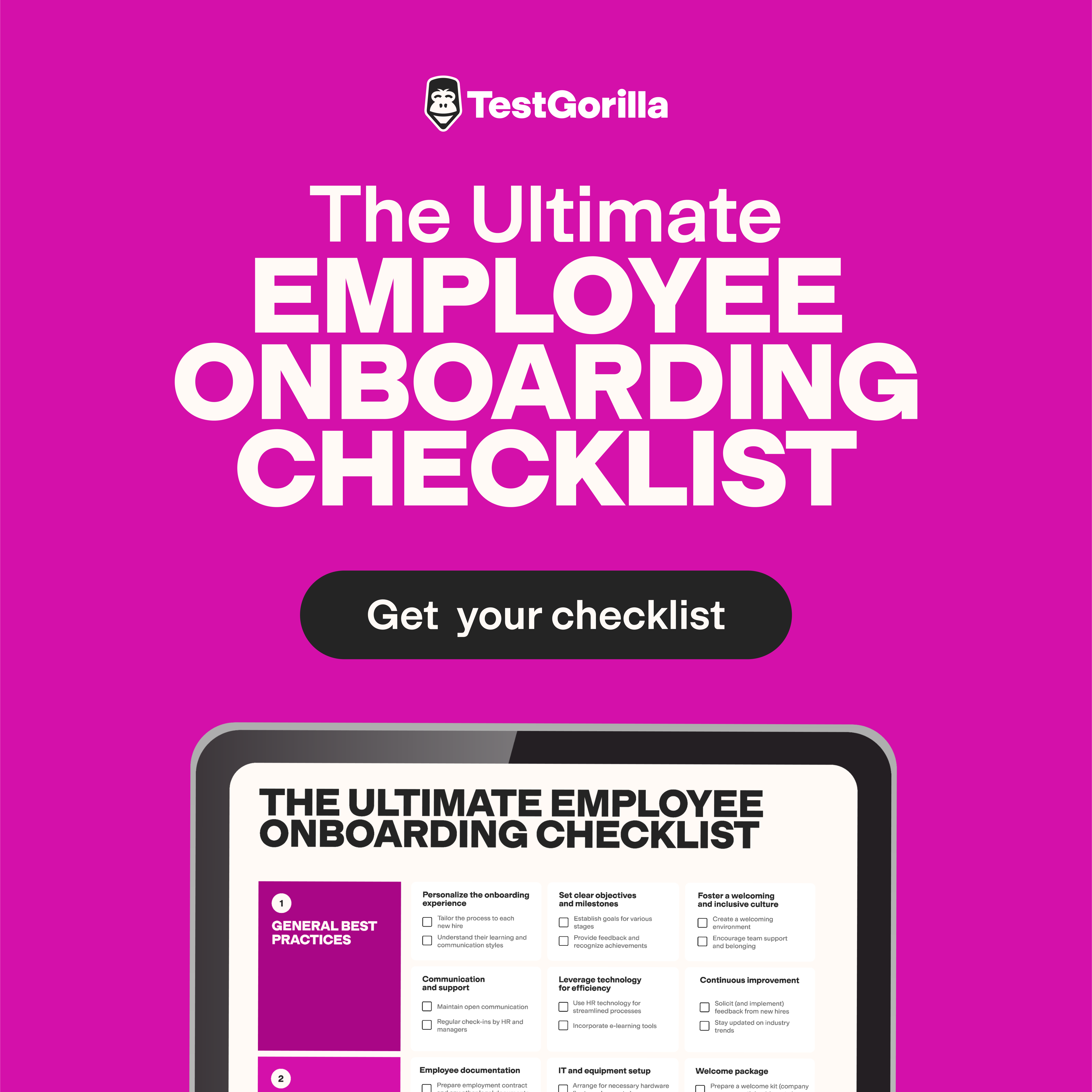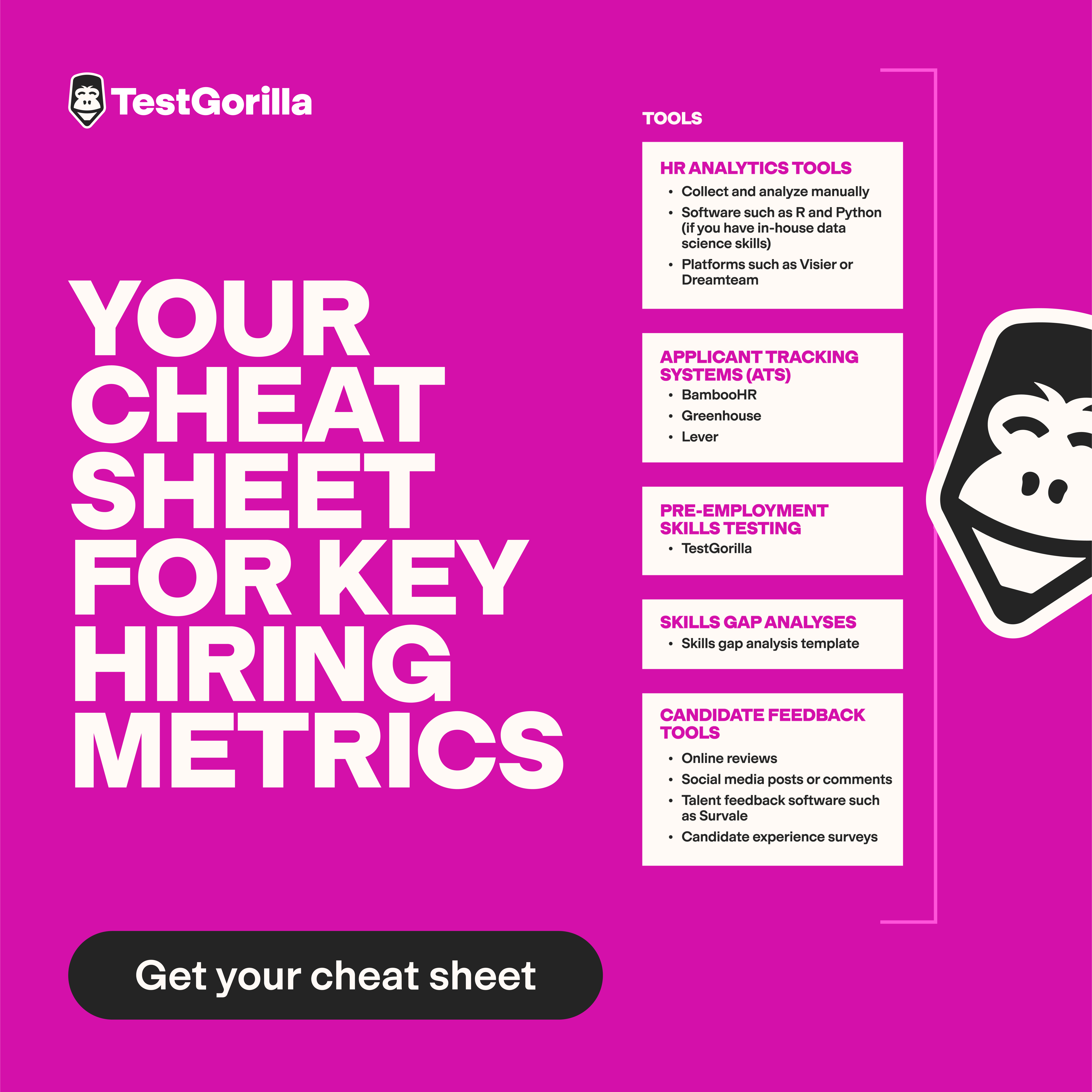With nine out of 10 employers relying on workers with languages other than English, strong communication skills are a priority when hiring. But how do you know if your candidates’ language skills are up to scratch, especially when hiring for highly technical or high-level roles?
In this article, we explain the C1 language level, why it’s essential when hiring for complex roles, and how best to assess candidates’ language skills during the hiring process.
Understanding C1 language proficiency
C1 is an advanced level, indicating that someone is proficient in a specific language. It goes beyond the use of basic phrases or the ability to discuss routine or familiar matters. Speakers with C1 level proficiency should be comfortable reading and writing across a range of subjects, including abstract topics.
It’s the second-highest level in the Common European Framework of Reference for Languages (CEFR). The CEFR is a global language standard that assigns language proficiency on a scale across six levels, from A1 to C2.
At the C2 level, you’re considered fully fluent, with the ability to communicate like a native speaker. You're considered fluent at B2 level (the level before C1) but lack nuance and shades of meaning that C1 speakers can communicate with.
According to the CEFR framework, someone with a C1 level proficiency can:
Comprehend various complex, longer texts and recognize implicit meaning.
Express themselves naturally with a high degree of fluency and without searching for expressions.
Use language flexibly and effectively for professional purposes, as well as in social and academic contexts.
Create clear, well-organized text on complex subjects, showing considered use of organizational patterns, connectors, detail, and cohesive devices.
With these guidelines in mind, in the workplace, someone with C1 language skills can:
Actively and spontaneously participate in meetings, clearly expressing their ideas and explaining their opinions.
Manage phone and video calls with customers, colleagues, and stakeholders fluently.
Interpret and respond to complex texts, like contracts, policy documents, or academic articles.
Understand the right tone to use in professional communications with different audiences.
The role of C1 language proficiency in professional settings
A C1 language level – or an almost native-speaker level – is relevant to any role that requires complex communication skills. This encompasses a wide range of jobs in sectors such as:
Legal. Legal roles typically involve working with complex documents, and precise language is essential for effective negotiations.
Finance. Given the technical nature and fast-paced environment in the finance services sector, a near-fluent command of the relevant language is necessary.
Healthcare. Healthcare workers must communicate accurately with patients, understand technical medical results or texts, and make decisions in high-pressure situations.
Engineering. With its highly technical aspects, workers in the engineering sector need effective communication skills to interpret reports, collaborate on complex projects, and communicate with various high-level stakeholders.
Consulting. In these roles, individuals need to interpret complex reports, communicate key ideas in an easy-to-understand way, and deal with high-level executives.
Teaching. Teachers must communicate clearly, precisely, and fluently with their students to facilitate learning.
Employees with C1 language skills can effectively navigate high-paced or highly technical environments with precision and nuance. For instance, they’re adept at:
Negotiating with international stakeholders, adjusting their tone, and adapting to cultural expectations.
Communicating with senior executives, explaining technical concepts at a level appropriate to their audience, and easily responding to questions.
Collaborating with cross-functional teams, sharing their ideas, and responding to feedback on the fly.
Mediating a dispute to help both sides reach an agreement they’re happy with.
Conducting a sensitive HR interview with an employee with tact, diplomacy, and discretion.
De-escalating a situation with an unhappy customer by actively listening to their concerns and finding a reasonable solution.
A vice president at Amazon, Stefano Perego, explains the importance of high-level language skills for both organizations and employees:
“Employees with multilingual skills are a vital resource in helping the business succeed and grow in global markets. The ability to communicate with colleagues around the world and connect with different types of people has provided me countless opportunities and helped shape my career.”
The best insights on HR and recruitment, delivered to your inbox.
Biweekly updates. No spam. Unsubscribe any time.
Assessing C1 language proficiency in candidates
There are several ways to assess candidates’ language proficiency, including level C1.
The best approach is to use a combination of standardized tests and contextual assessments, depending on the role's demands and your budget.
By combining these approaches, you can evaluate candidates’ technical ability and the real-world application of their communication skills.
Standardized tests that measure all of these skills vary depending on the specific language you’re testing for, such as:
Cambridge English C1 Advanced
International English Language Test System (IELTS)
Diplôme Approfondi de Langue Française (DALF) C1 (to assess C1 proficiency in French)
Goethe-Zertifikat C1 (to assess C1 proficiency in German)
TestGorilla also offers various C1 language tests in more than 11 languages, including English, Spanish, Japanese, and Norwegian. These tests help hire for roles requiring candidates to have near-fluency in a chosen language.
You can use these to test candidates’ listening, speaking, reading, and writing skills, including their grammar, vocabulary, and ability to form complete sentences.
TestGorilla’s tests are ideal for objectively assessing candidates’ language skills. This makes it easier – and fairer – to benchmark candidates against each other. Each test has been designed by subject matter experts, including linguists, who also analyze the reliability and validity of each test.
Aside from using standardized tests like TestGorilla’s or the IELTS, you can also use contextual assessments to gauge candidates’ language skills in a practical, situation-based context. This involves asking candidates to complete a task they would be expected to perform in the role. For example, you could ask candidates to:
Participate in a role-play with a supervisor, where they need to resolve a problem that’s come up.
Write a formal letter enclosing a technical report, summarizing the key findings.
Draft an internal memo telling employees about a policy change.
Role play speaking to an unhappy customer on the phone.
Pretend to walk a colleague through a technical problem, explaining the steps.
Summarize a research paper for a non-academic audience.
Analyze a patient’s symptoms and concerns and provide a medical opinion or care plan.
When deciding how to assess candidates’ language proficiency, you want to test across the different skills that are relevant to their job. For example, a sales rep should speak fluently and have good listening skills, while a technical writer needs top-level reading and writing abilities.
Integrating C1 language assessments into the hiring process
Here are some practical tips for getting the most out of using C1 language tests during the hiring process.
1. Ensure the test aligns with the job requirements
Like any assessment process, you should only test candidates on skills directly related to the role.
Firstly, is C1 proficiency absolutely necessary? If not, you may be ruling out otherwise suitable candidates.
Then, think critically about what language capabilities applicants really need. These could include writing detailed, high-level reports, communicating with executives, or translating technical documents.
Once you understand the specific language requirements of a role, you can tailor your assessments to reflect the actual demands of a role. This makes your evaluation meaningful and helps you find someone who can hit the ground running.
2. Assess candidates’ language skills as early as possible in the recruitment process
Incorporating a C1 language test as early as possible in the hiring process lets you screen out applicants who don’t meet the minimum language requirements. This saves both you and candidates time and effort and allows you to move forward with the most suitable applicants.
For example, you could integrate an initial, short language test into the application process or require shortlisted candidates to complete an assessment before moving to an interview.
3. Use digital tools to streamline the process
Online talent assessments, like TestGorilla’s, are a great way to streamline the evaluation process, especially if you have a lot of applicants. Many platforms integrate with popular applicant tracking systems (ATS), making comparing and tracking candidates even easier throughout the hiring process.
4. Communicate language requirements clearly with candidates
Ensure candidates know the C1 language requirements for a role and that they’ll be required to take a language test. This helps ensure that only candidates with the necessary skills apply for the job.
Also, remember that you can’t pick and choose individual candidates to assess. To keep the hiring process fair and transparent, all candidates who reach a particular stage should complete a language test.
Identify the ideal candidate for your team
When hiring for highly technical or high-level roles, assessing candidates' C1 language level is a must. It ensures you find the best fit with the right communication skills to thrive during complex situations, including decision-making, negotiation, and collaboration.
The best way to measure candidates’ language proficiency is to use a combination of standardized and contextual assessments that directly relate to the skills needed for the role.
Try TestGorilla for free today to see how our C1 language tests can help you hire top communicators.
You've scrolled this far
Why not try TestGorilla for free, and see what happens when you put skills first.
















